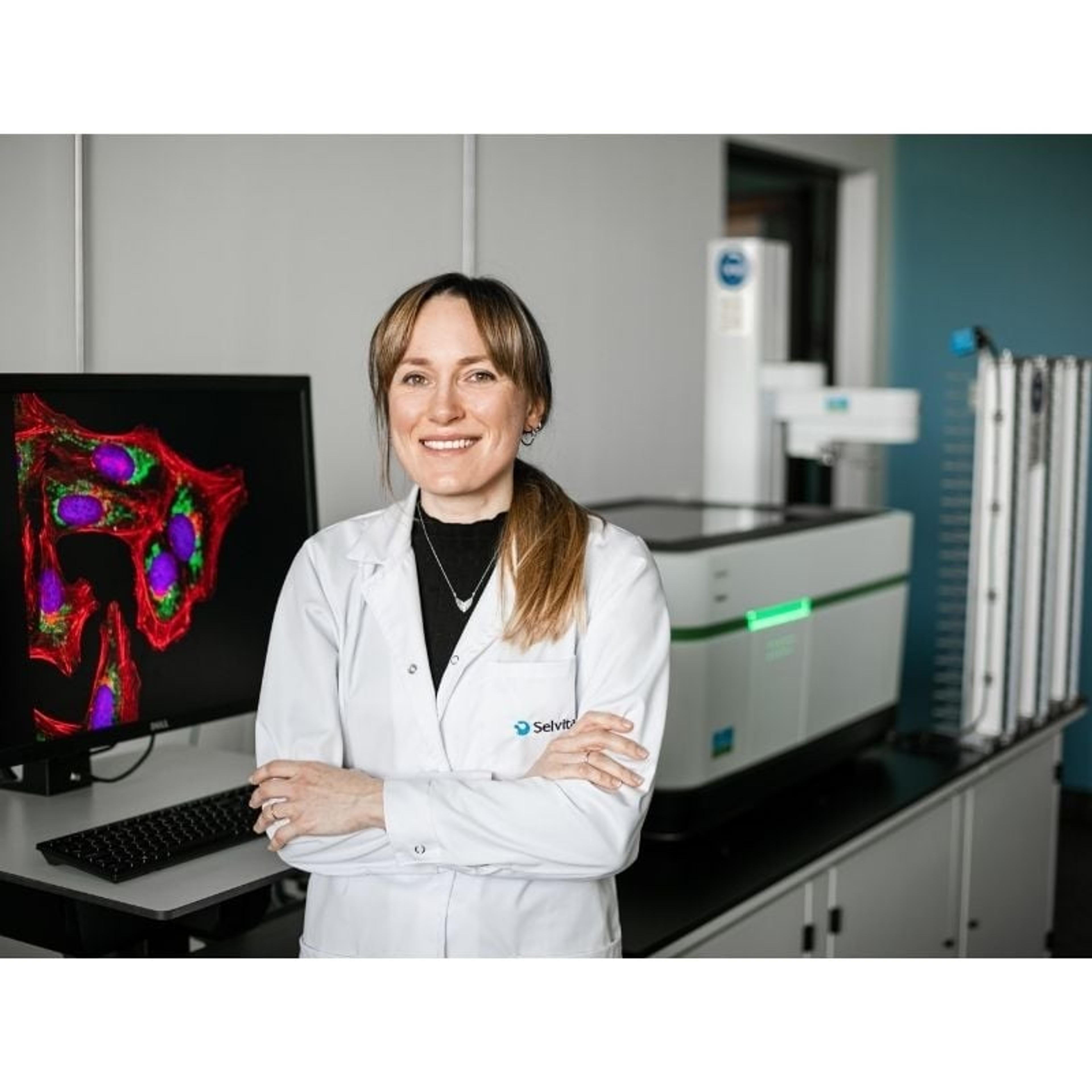Fragments: Making a big impact by thinking small
Discover fragment based drug discovery
17 Nov 2023

In recent years, fragments have developed as a big topic in the pharmaceutical world, mainly due to their impactful role in fragment-based drug discovery (FBDD) approaches. Fragments are molecules smaller than typical drug-like molecules but still retain a similar propensity to interact with molecular targets such as proteins. Because they are the building blocks of larger compounds, and the number of such building blocks is much lower than the number of their possible combinations, they represent the chemical space much more efficiently, thus reducing the screening library sizes from millions to thousands or even hundreds. Even though initially small and binding with low affinities, their chemical properties render fragments amendable to further growth into usable, potent lead molecules.
Why FBDD?
In recent years, much attention in drug discovery has shifted towards the identification of novel lead molecules previously unexplored and unburdened by IP restrictions. FBDD takes advantage of screening small libraries of fragments (<1500 molecules smaller than 300 Da) to comprehensively scan the chemical space for novel binders, both in terms of chemical composition and binding position. Fragment-based hits have proven to be well-expandable into leads and in multiple cases allowed for the identification of novel binding sites, which is especially valuable in the case of proteins considered 'undruggable'. To date, six fragment-derived drugs have been brought to the market, with many more in clinical trials.
What do you need for a successful FBDD campaign?
A typical FBDD campaign consists of a primary fragment screening by a chosen experimental method (or a combination of more methods), hit validation and orthogonal screens, structural hit analysis, and hit expansion into leads – including both molecule design, synthesis, and validation. If desired, this process can be preceded by a fragment library pre-selection by computational methods, so-called virtual fragment screening. To perform the campaign, a structurally diverse yet comprehensive library of fragments is essential. Furthermore, capabilities in computer-aided drug discovery (CADD) are required throughout the whole project to aid fragment selection, hit validation, and hit-to-lead development. For screening itself, the choice of screening method should be science-driven and tailored to individual protein targets and project needs. Some projects will fare better with crystallographic fragment screening, and some will require comprehensive biophysical screening with methods.
FBDD at Selvita
Selvita offers fully integrated FBDD services delivered by teams from the biochemistry, biology, and computational and medicinal chemistry departments. To start a successful FBDD campaign, there is a unique 950-fragment library including both novel molecules and established ligands, to be used as-is or tailored to the individual needs of a client (including a selected subset suitable for crystallographic screening). Additionally, Selvita has a library of approximately 2000 commercial fragments for biophysical screening and a 96-fragment commercial set optimized for crystallography.
Selvita offers robust methods for fragment screening and validation, including biophysical methods (SPR, TRIC, DSF/TSA, NMR, and ITC) as well as X-ray crystallography. These deliver dependable hit rates (typically 5–15%), and the hits are then developed into leads by fragment growing, linking, and merging using state-of-the-art prediction methods and deep-learning AI models. The molecule designs are then brought to life by Selvita's high-quality synthesis services. The molecules can be validated by biophysical methods or X-ray crystallography, advancing them further into valuable drug discovery leads.

